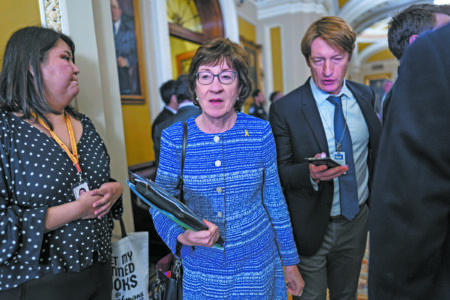Ohio lawmakers want details on $500,000 student study
(The Center Square) — As Ohio lawmakers continue to debate how much money will be spent on schools over the next two years, some want to know what happened to $500,000 dedicated to studying how the state serves disadvantaged students.
Reps. Dani Isaacohn, D-Cincinnati, Bride Rose Sweeney, D-Cleveland, and Phillips Robinson, D-Solon, sent a letter Tuesday to Ohio Department of Education and Workforce Director Stephen Dackin, asking for the immediate release of the study.
“We have a constitutional obligation to adequately fund our public schools, yet it is impossible for us to do so if we don’t know the actual cost to educate a child,” Sweeney said in a statement. “National studies already indicate that Ohio is underfunding our economically disadvantaged student population by billions of dollars every year. We need these studies now, before the final version of the budget passes, so we can finally begin to better address these students’ educational needs.
A spokesman for the Ohio House Democrats told The Center Square on Tuesday that the last General Assembly allocated the money for the study to department, but lawmakers don’t know if the study is completed or even begun.
The Center Square was unsuccessful by phone getting comment from Chief Communications Officer Lacey Snoke.
“We know it takes more resources to educate students from low-income backgrounds, but we need the actual data before we can make the most informed funding decisions,” Robinson said. “By withholding the report, DEW is risking perpetuating a cycle of underfunding our schools that serve our highest need students.”
The recently passed House two-year budget ends the Fair School Funding Plan and ties school money to enrollment numbers.
The proposed budget cuts the expected allocation to public schools through the plan by $400 million over the next two years, while expanding school choice for special needs and homeschool students.
While the proposed budget cuts expected funding by $666 million, it does increase prior year money by $226 million. At the same time, it calls for an increase in charter school capital money and allows online charter schools that serve low-income students to receive Disadvantage Pupil Impact Aid, which the study questioned by lawmakers was expected to examine.






